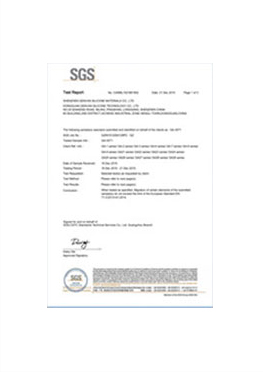Dec . 14, 2024 07:28 Back to list
hydraulic cylinder wipers
Understanding Hydraulic Cylinder Wipers The Unsung Heroes of Hydraulic Systems
Hydraulic systems are integral to a wide range of industries, powering machinery from construction equipment to manufacturing tools. At the core of these systems are hydraulic cylinders, which convert hydraulic energy into mechanical energy. Essential to the performance and longevity of these cylinders are hydraulic cylinder wipers. Often overlooked, wipers play a crucial role in ensuring the efficiency, durability, and reliability of hydraulic systems. This article delves into the importance of hydraulic cylinder wipers, their types, and maintenance best practices.
The Role of Hydraulic Cylinder Wipers
Hydraulic cylinder wipers, also known as dust seals or scrapers, serve primarily to keep contaminants, such as dirt, dust, and moisture, from entering the cylinder. Contaminants can lead to significant wear and tear on internal components, resulting in decreased performance and a higher likelihood of failure. Wipers effectively prevent external pollutants from reaching seals and hydraulic fluid, ensuring that the cylinder operates smoothly and efficiently.
In addition to keeping contaminants at bay, hydraulic wipers also help retain lubricants within the cylinder, creating a seal that prevents fluid leakage. This enables the hydraulic system to maintain optimal pressure, which is vital for effective operation. By minimizing wear and extending the lifespan of hydraulic components, wipers contribute to reduced maintenance costs and downtime.
Types of Hydraulic Cylinder Wipers
Hydraulic wipers come in various designs and materials, each suited for specific applications and environments. The most common types include
1. Single Lip Wipers These are the simplest type of wipers. They feature a single sealing edge that scrapes off contaminants as the cylinder retracts. They are effective in preventing larger debris from entering the cylinder but may not provide complete protection against fine particles.
2. Double Lip Wipers Designed with two sealing edges, double lip wipers offer enhanced protection compared to single lip designs. The additional lip helps to create a more effective barrier against contaminants while also retaining lubricants.
3. U-Cup Wipers U-cup wipers are shaped like a 'U', providing a wider sealing surface area. This type is particularly suitable for applications that require a more robust seal against dust and moisture. U-cups are often chosen for high-pressure applications where traditional wipers may fail.
4. Spring-Loaded Wipers These wipers feature a spring mechanism that maintains constant pressure against the cylinder. This ensures an effective seal under varying conditions, making them ideal for applications with a high level of dynamic movement.
hydraulic cylinder wipers

The choice of wiper type depends on several factors, including the operating environment, the type of hydraulic fluid used, and the specific application requirements
.Maintenance and Best Practices
Ensuring the longevity and effectiveness of hydraulic cylinder wipers involves routine maintenance and attention to detail. Here are some best practices
1. Regular Inspections Frequently check wipers for signs of wear, damage, or deformation. Early detection of wearing might prevent more significant issues down the line.
2. Clean Surrounding Areas Keep the area around hydraulic cylinders clean. Adopting a clean working environment reduces the risk of contaminants entering the system during maintenance or operation.
3. Use Proper Lubricants Ensure that the right hydraulic fluids and lubricants are used as recommended by the manufacturer. Using the wrong type of fluid can compromise the performance of wipers and seals.
4. Replace Wipers When Worn Do not wait for failures to occur; replace wipers at the first sign of wear. Preventive maintenance saves costs and prevents unexpected disruptions in operations.
5. Follow Manufacturer Guidelines Always adhere to the guidelines provided by the equipment or wiper manufacturer for installation and maintenance practices.
Conclusion
Hydraulic cylinder wipers may not be the most glamorous components in hydraulic systems, but their role is undeniably critical. By effectively keeping contaminants at bay and retaining lubricants, they ensure the efficient operation and longevity of hydraulic cylinders. A proactive approach to maintaining wipers can lead to significant cost savings, improved performance, and enhanced reliability in hydraulic systems. As industries continue to evolve and rely on hydraulic technologies, understanding and appreciating the role of hydraulic cylinder wipers will become increasingly important.
-
TCN Oil Seal Metal Ring Reinforcement for Heavy Machinery
NewsJul.25,2025
-
Rotary Lip Seal Spring-Loaded Design for High-Speed Applications
NewsJul.25,2025
-
Hydraulic Cylinder Seals Polyurethane Material for High-Impact Jobs
NewsJul.25,2025
-
High Pressure Oil Seal Polyurethane Coating Wear Resistance
NewsJul.25,2025
-
Dust Proof Seal Double Lip Design for Construction Equipment
NewsJul.25,2025
-
Hub Seal Polyurethane Wear Resistance in Agricultural Vehicles
NewsJul.25,2025
-
The Trans-formative Journey of Wheel Hub Oil Seals
NewsJun.06,2025
Products categories
















